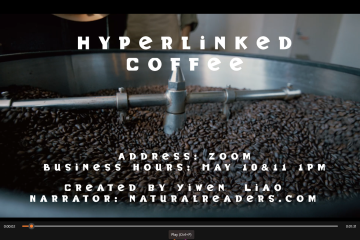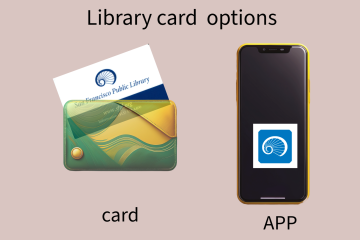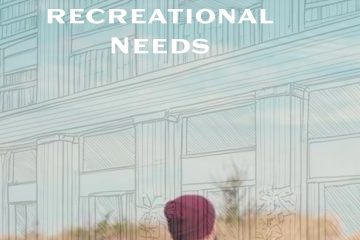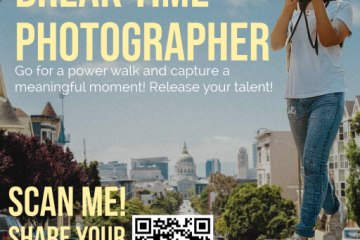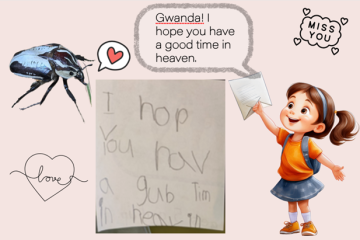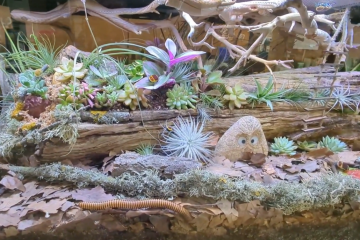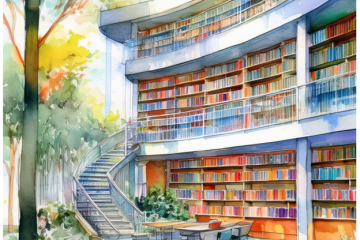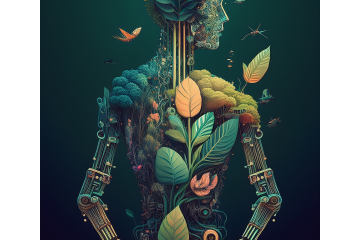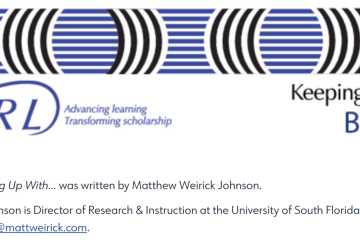Virtual Symposium–Hyperlinked Coffee
Five-step strategy coaching for identifying librarianship For this assignment, I created an Adobe video and originally planned to use Speechify to generate the scripts. Since Speechify asked for subscription fee , I found naturalreaders.com read the text for free with different voice choices. However, naturalreaders.com is free for limited Read more…
